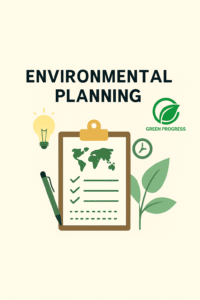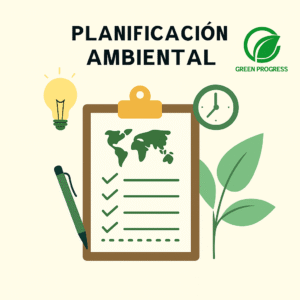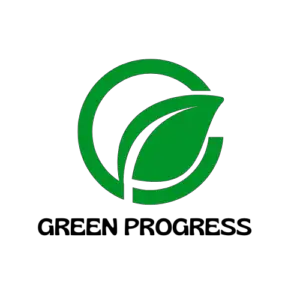What is Life Cycle Assessment (LCA)?
Life Cycle Assessment, often shortened to LCA Life, is a standardized methodology to evaluate the environmental impact of a product, service, or process throughout its entire life cycle. This includes every stage: from raw material extraction (cradle) to production, distribution, use, and final disposal (grave).
The main goal of LCA is to provide a scientifically robust framework for decision making in sustainability. Unlike carbon footprint studies that focus only on emissions, LCA considers multiple impact categories, including resource depletion, water usage, energy consumption, and social implications.
In practice, companies use LCA Life to:
- Compare different design alternatives.
- Identify hotspots in supply chains.
- Meet ISO 14040/14044 standards and sustainability reporting requirements.
- Communicate product transparency through EPDs (Environmental Product Declarations).
Let’s explore the four standardized phases of LCA according to ISO.
Phases of LCA According to ISO 14040 and 14044
The International Organization for Standardization (ISO) has defined the methodological backbone of LCA through the ISO 14040 and 14044 frameworks. These are the globally recognized standards that ensure LCAs are transparent, reproducible, and comparable.
1. Goal and Scope Definition
This phase sets the objective, scope, and boundaries of the study. For example, is the LCA intended for internal R&D decision making, or for publishing an EPD? Clearly defining the functional unit (e.g., 1 kWh of electricity, 1 ton of cement) ensures consistent comparisons.
2. Life Cycle Inventory (LCI)
In this stage, all inputs and outputs are quantified: energy consumption, raw materials, emissions, waste flows, and transportation data. Databases such as Ecoinvent or GaBi provide reliable secondary data when primary information is unavailable.
3. Life Cycle Impact Assessment (LCIA)
Here, the data is translated into environmental impact categories:
- Climate change (CO₂ emissions).
- Water footprint.
- Resource depletion.
- Human toxicity.
- Land use and biodiversity.
4. Interpretation of Results
Finally, results are analyzed, cross checked, and communicated. The interpretation must be transparent, highlighting limitations, uncertainties, and recommendations for decision makers.
[Internal link to benefits section] These phases, when applied correctly, allow businesses to transform raw data into strategic sustainability insights.
LCA Models and Variants: From Cradle toGrave to Well to Wheel
One of the strengths of LCA Life is its flexibility to model different boundaries depending on the goal.
- Cradle to Grave: Full assessment from raw material extraction to disposal.
- Cradle to Gate: Focuses on production up to the factory gate, excluding use and disposal.
- Cradle to Cradle: Considers circularity, where waste is designed as input for new products.
- Gate to Gate: Narrow assessment of a specific production step.
- Well to Wheel: Used in the energy and transport sector to evaluate fuels from extraction to use.
Each model provides unique insights. For example, construction companies often choose cradle to gate LCAs, while consumer goods benefit from cradle to grave studies.
[Internal link to construction section] Let’s see how these models apply in real world industries such as sustainable construction.
Who Benefits From LCA and Why?
LCA Life is not limited to environmental experts. Different departments leverage it for unique strategic advantages:
- R&D teams: Use LCA to design eco efficient products.
- Supply chain managers: Identify carbon hotspots and optimize logistics.
- Marketing departments: Communicate sustainability through eco labels, EPDs, and certifications.
- Executives: Use LCA insights for ESG reporting, investment decisions, and compliance.
By providing a common language across functions, LCA fosters collaboration and transparency, making it a cornerstone of sustainable business transformation.
LCA in Sustainable Construction
The construction industry is one of the largest adopters of LCA. Materials such as concrete, steel, and glass have high embodied carbon footprints, and clients increasingly demand Life Cycle Assessment certifications.
Benefits of LCA in construction include:
- Optimizing building materials for lower carbon intensity.
- Comparing design alternatives in Building Information Modeling (BIM) workflows.
- Supporting green building certifications such as LEED, BREEAM, and DGNB.
As Holcim highlights, LCA is now a competitive advantage in construction tenders, proving environmental responsibility and unlocking market access.
Social LCA: Beyond Environmental Impact
While traditional LCA focuses on environmental aspects, Social Life Cycle Assessment (SLCA) evaluates the social and socio economic impacts of products and processes.
Social LCA considers:
- Labor rights across global supply chains.
- Health and safety of workers and communities.
- Equity, human well being, and cultural heritage.
This dimension is crucial for industries sourcing from regions with complex social dynamics. Integrating environmental and social LCAs provides a truly holistic sustainability assessment.
Tools and Databases for Conducting an LCA
To perform robust LCAs, organizations rely on specialized software and data libraries:
- Ecoinvent: Comprehensive global database.
- GaBi: Advanced LCA modeling software.
- openLCA: Open-source LCA platform.
- Ecochain: SaaS platform for real time LCA insights.
Choosing the right tool depends on company size, budget, and industry requirements.
Strategic Advantages of LCA Life for Companies
Implementing LCA Life drives multiple business benefits:
- Compliance & Reporting: Meet ISO standards, EU Green Deal, and SEC climate disclosures.
- Market Differentiation: Gain competitive advantage through EPDs and eco-labels.
- Risk Management: Anticipate supply chain disruptions linked to environmental impact.
- Cost Savings: Identify inefficiencies in energy and material usage.
- Innovation: Drive eco-design and sustainable product development.
Ultimately, LCA is not only a compliance tool but a driver of business value. Companies that embrace it position themselves as leaders in sustainability and transparency.
Implementing LCA Life Effectively
Life Cycle Assessment is no longer optional—it is a strategic necessity. Whether applied in construction, manufacturing, or consumer goods, LCA Life provides the evidence-based framework to measure, compare, and improve sustainability performance.
By integrating LCA into decision-making, organizations can reduce environmental footprint, build trust with stakeholders, and achieve long-term competitive advantage.
👉 The next step is to select the right LCA model, software, and boundary conditions that align with your company’s sustainability goals.









